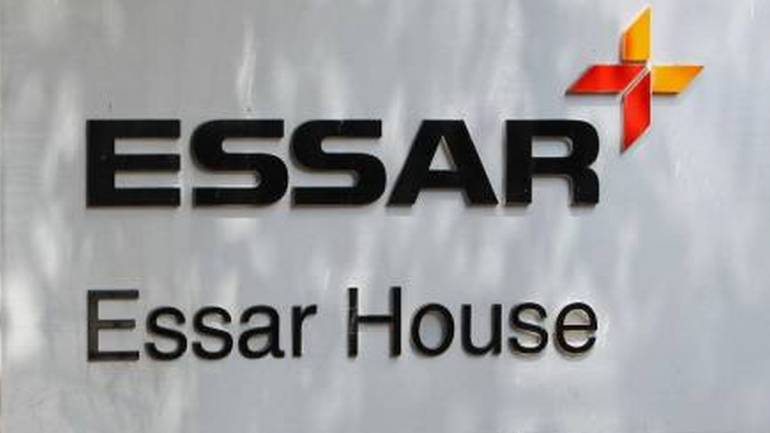While lenders are gearing up to challenge NCLAT's ruling in Supreme Court, there is hope that amendments will be made in the IBC law to ensure faster resolutions in future.
The National Company Law Appellate Tribunal's (NCLAT) recent judgement in Essar Steel case that draws parity between secured and operational creditors, may drive away banks from approaching the Insolvency and Bankruptcy Code (IBC) route for resolution going ahead.
While lenders are gearing up to challenge NCLAT's ruling in Supreme Court, there is hope that amendments will be made in the IBC law to ensure faster resolutions in future.
"I have a lot of options. The attractiveness of IBC is a quick resolution. If the resolution is not happening fast and on top of that we are being treated on par with the unsecured or operational creditor, then it can be a disincentive for secured creditors," said Rajnish Kumar, Chairman, State Bank of India.
"There have been so many amendments in IBC, if required there will be an amendment in the law but let us be patient about it," Kumar added while speaking on the sidelines of an event on July 10.
Kumar said the distinction between secured and unsecured operational creditors needs to be maintained. "Otherwise in liquidation, I'll get the top priority, along with the employees. So why would the lenders, the secured creditors go for IBC, what is the incentive for them," he said.
On July 4, the NCLAT held that the committee of creditors (CoC) had no role to play in the matter of distribution of amount among the creditors, confusing financial creditors or operational creditors.
As per the order, financial creditors will get 60.7 percent of their dues and operational creditors with dues more than Rs 1 crore will get 59.6 percent. The plan approved by the CoC had provided 89 percent for all financial creditors and 20.5 percent for operational creditors with dues more than Rs 1 crore.















